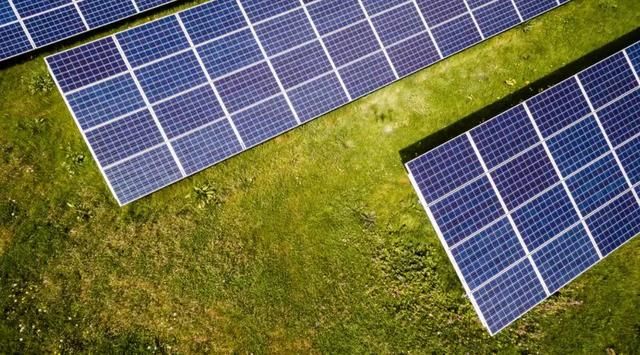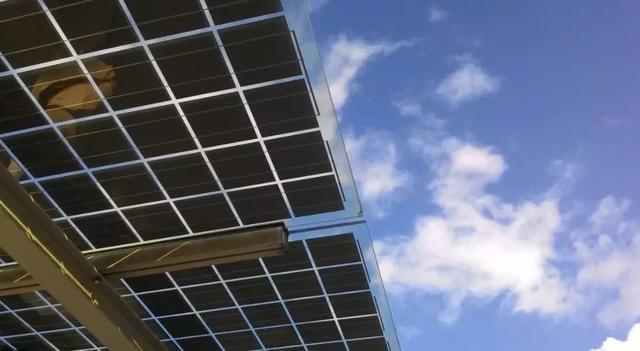A solar panel is a device that directly converts light energy into electrical energy through the photoelectric effect or photochemical effect. With the development of solar technology, the application of portable solar panels in our life is more and more extensive. Here are a few things to consider when selecting portable solar panels.
Selection of Solar Cell Material
At present, solar cells on the market are divided into amorphous silicon and crystalline silicon. Among them, crystalline silicon can be divided into polycrystalline silicon and single crystal silicon. The photoelectric conversion efficiency of the three materials is: monocrystalline silicon>polycrystalline silicon>amorphous silicon. However, crystalline silicon basically does not generate current under low light, while amorphous silicon is better in low light.
Selection of Portable Solar Panel Packaging Form
There are two main packaging forms of portable solar panels, lamination and glue. The lamination process can ensure that the working life of the solar panel lasts for more than 25 years. Although the glue solar panel is aesthetically pleasing, its working life is only 1~2 years. In addition, there is a silicon gel solar panel that is said to have a working life of 10 years. In the case that the working life is not required, the low-power solar lawn light below 1W can be packaged with glue. For solar lamps with a specified lifespan, it is recommended to use laminate package.
Selection of Portable Solar Panel Power
When we buy portable solar panels, the first consideration is the power of the solar cells. Generally speaking, the power of a solar panel is proportional to the area of the solar wafer. But the area of the solar cell wafer is not exactly equal to the area of the solar encapsulation panel. Although some solar panels are large, the gaps in the arrangement of single solar wafers are very wide, and the power is not necessarily high.
Theoretically, the higher the power of the solar panel, the more current it generates in sunlight, which can quickly fill its built-in battery. But in reality, we need to balance the power of a solar panel with the portability of a solar charger. It is generally believed that the minimum power of the solar charger cannot be lower than 0.75w, and the solar panel of the secondary power can generate a current of 140mA under the standard strong light. The current generated under the general sunlight is about 100mA. If the charging current is too small, there will be no obvious effect.


